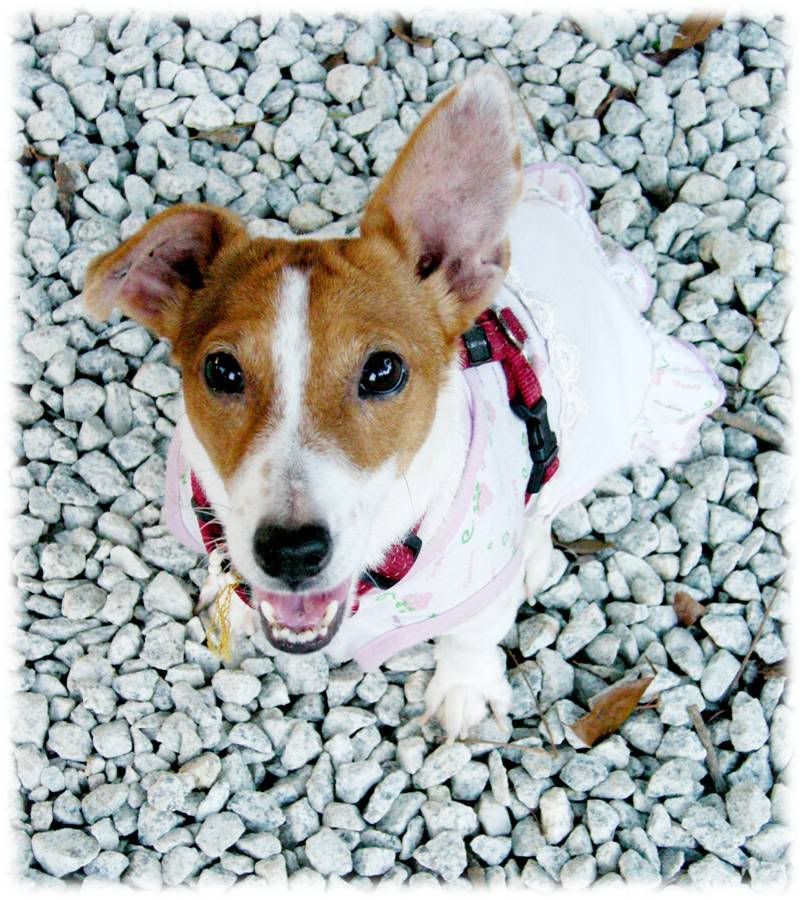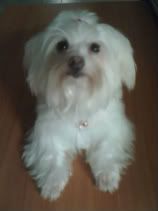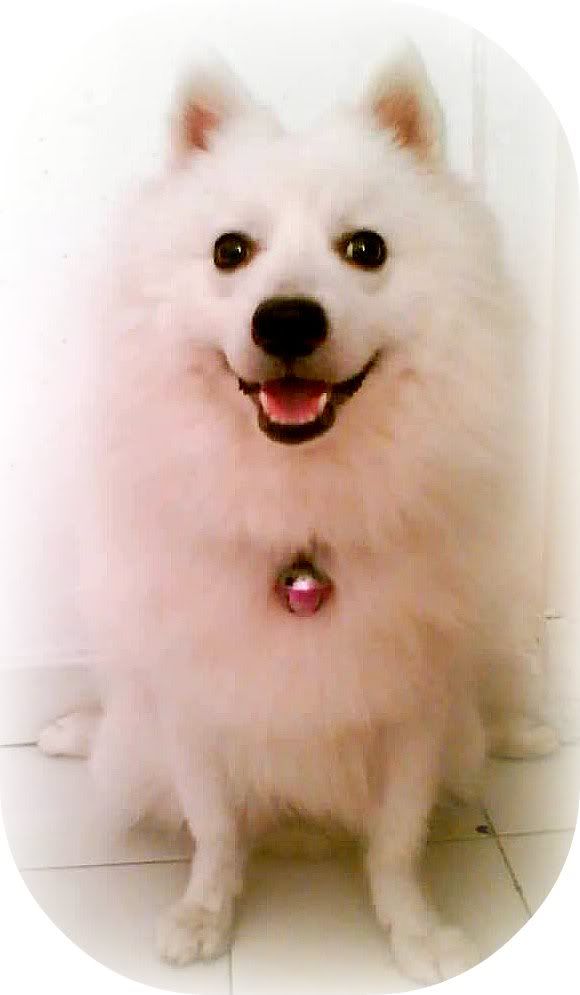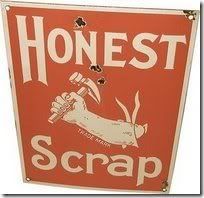All the loud clashing sound from the thunder rain frighten and confused us!

Our terrified and confused expression!















If you've taken in a dog whose age is unknown, there are some ways to determine his age. Here are some things vets check to get a general sense of how old a dog is:
The Teeth: Dogs usually have a set of permanent teeth by their seventh month, so if you've come across a dog with clean pearly whites, he is likely a year old or thereabouts. Yellowing on a dog's back teeth may put the dog between one and two years of age, while tartar build-up at a minimal level could mean you have a dog between 3 and 5. Missing teeth or severe wear usually means the dog is a senior and could use some special dental care.
Muscle Tone: Younger dogs are more likely to have some muscle definition from their higher activity level. Older dogs are usually either a tad bonier or a little fatter from decreased activity.
The Coat: A younger dog usually has a soft, fine coat, whereas an older dog tends to have thicker, coarser (and sometimes oilier) fur. A senior dog may display grays or patches of white, particularly around the snout.
The Eyes: Bright, clear eyes without tearing or discharge are common in younger dogs. Cloudy or opaque eyes may mean an older dog.
The age at which a dog can be considered elderly varies widely among models. In general, the larger the dog, the more quickly it declines. For instance, a Great Dane could be considered "senior" at age 5, while a smaller toy poodle would still be spry at twice that age. Remember, however, that just because a dog is chronologically old doesn't mean that an endless series of malfunctions is in store. In many cases an elderly dog can enjoy many healthy, active, pain-free years.
One of the best ways to prolong the life and improve the functions of an elderly dog is to carefully regulate its fuel intake. Older dogs exercise less and thus need fewer calories. And since age reduces their ability to digest and absorb nutrients, high-quality food specifically formulated for their needs is a necessity. Excessive amounts of protein, phosphorus, and sodium can aggravate kidney and heart problems, so most such foods contain smaller amounts of higher-quality protein, along with reduced quantities of other elements. Levels of vitamins, zinc, fatty acids, and fiber, however, are increased.
Source: http://www.dogster.com/articles/How-to-Calculate-a-Dogs-Age-in-Dog-Years-142?utm_source=dogster%2Bnewsletter&utm_medium=pull%2Blink&utm_campaign=100316
ADS: wow!! that's so detailed!
Going by that list, Amber is 5 dogs years but 39 humans years. Dawn and Snowy is 3 dog years but 29 humans years!
Trace Hair - uncontrollable lengths of hair that does not lay close to the body.
Smooth CoatA coat that does not have trace hair on the head, face, legs or body. A smooth coat does not require any alterations to be ready for the show ring. The coat should not be sparse or soft - it should provide protection from the elements. The coat lies close to the body and is short and soft to the touch. | 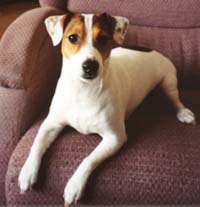 |
Broken CoatA coat the is very similar to a smooth coat but has trace hair on the head, face, legs or body. A broken coat needs minimal alterations to be ready for the show ring. They will generally only require a quick tidying up. A broken coat should not be soft - it should be harsh to provide protection from the elements. The coat is a mix of short and long hairs making some parts of the body smooth and some parts rough. | 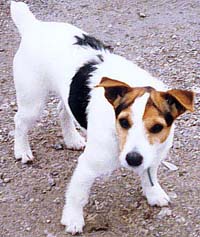 |
Rough CoatA coat that has excess trace hair on the head, face, legs or body. The hair is longer than on a smooth or broken coat. A rough coat requires more alterations than a broken coat to be ready for the show ring. A rough coat should not be soft or wooly - it should be harsh to provide protection from the elements. The hair should be fairly wiry, but not hard, wavy, woolly or soft. Rough coats are often mistaken as long-haired Jack Russell Terriers. Grooming Many Jack Russell Terriers do not receive correct grooming. They should be hand stripped. Start by grooming the hair upwards, against the growth pattern with a slicker-brush, this should eliminate most long hairs. Then start at the back of the neck going downwards, hand stripping with your finger and thumb. Continue doing this until the dog looks presentable, and then if there are any stragglers, go round gently with a pair of grooming scissors and trim them away. | 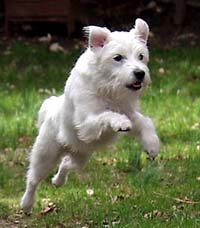 |










A Maltese is a toy breed similar in some ways to the Yorkshire terrier. Maltese generally have long, flowing hair that is pure white. They tend to be fairly laid-back, but are great companion animals, as well as beautiful show dogs. One of the most striking things about the Maltese is its snowy coat. This is a primary concern when a show dog is being evaluated.
Check the length. A Maltese show dog should have a coat that hangs almost to the ground but does not drag. It should hide the dog's feet and legs so that he appears to be floating or skimming along the ground.
Check the ears. Many Maltese have a light, lemony or tan coloring on or around their ears. While this is perfectly acceptable in pets, it is not a good coloring for a show Maltese, who should be snowy white all over.

Look for texture. The Maltese's hair should hang straight and smooth. Any indication of crimping, frizzing, wooliness or any texture other than smooth, silky and flowing is objectionable in a show dog.
Evaluate the feet. They should also be clean and white. The fur should be trimmed evenly and neatly. Discolorations are common on this part of the dog as well, and are not a positive sign. The foot pads of Maltese are black, but their feet are nearly covered by their brilliant white hair.
Rate the color. Pure, snowy whiteness is the indication of a really strong show dog. A dog with discoloration anywhere other than on its ears will probably not make a good showing, and ear color can also significantly handicap a Maltese, although they can make up for it in other areas.






